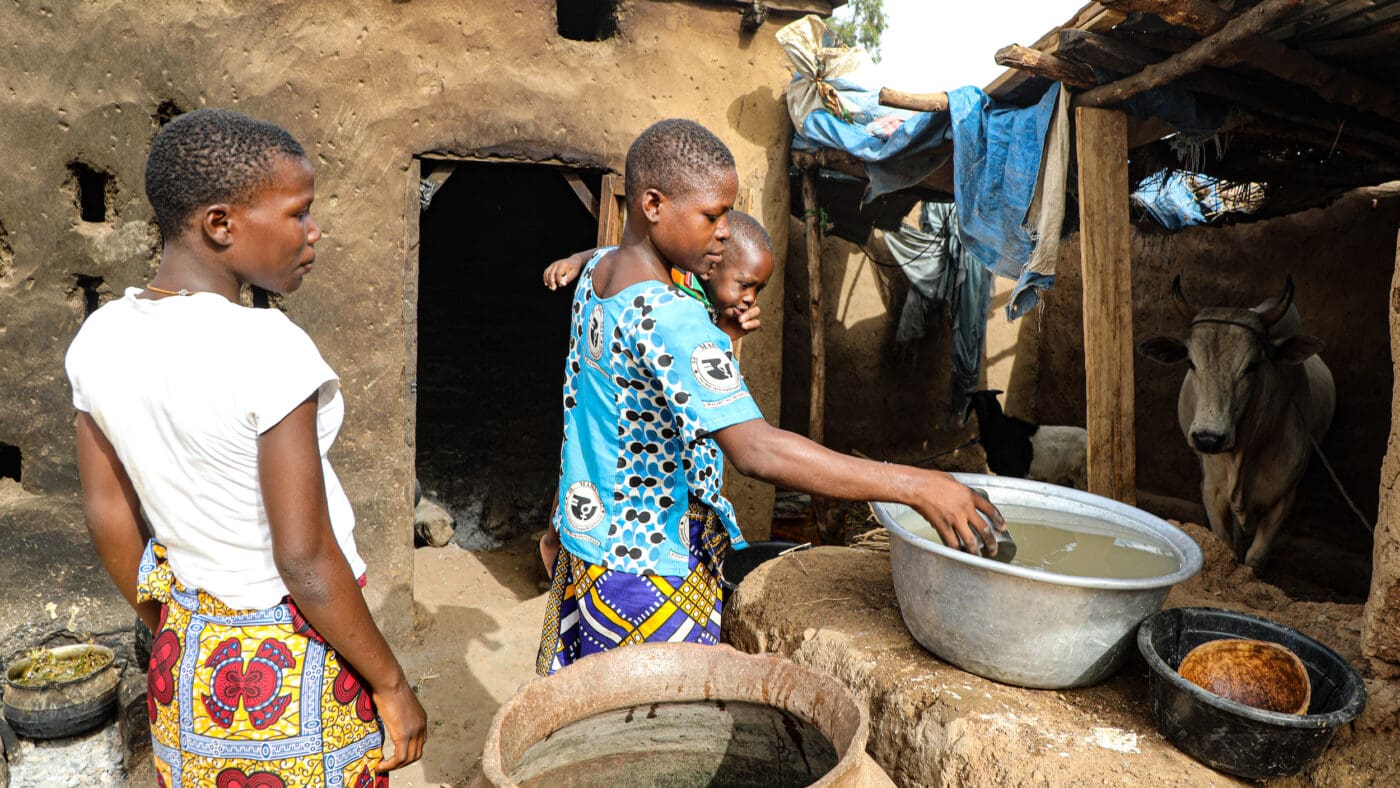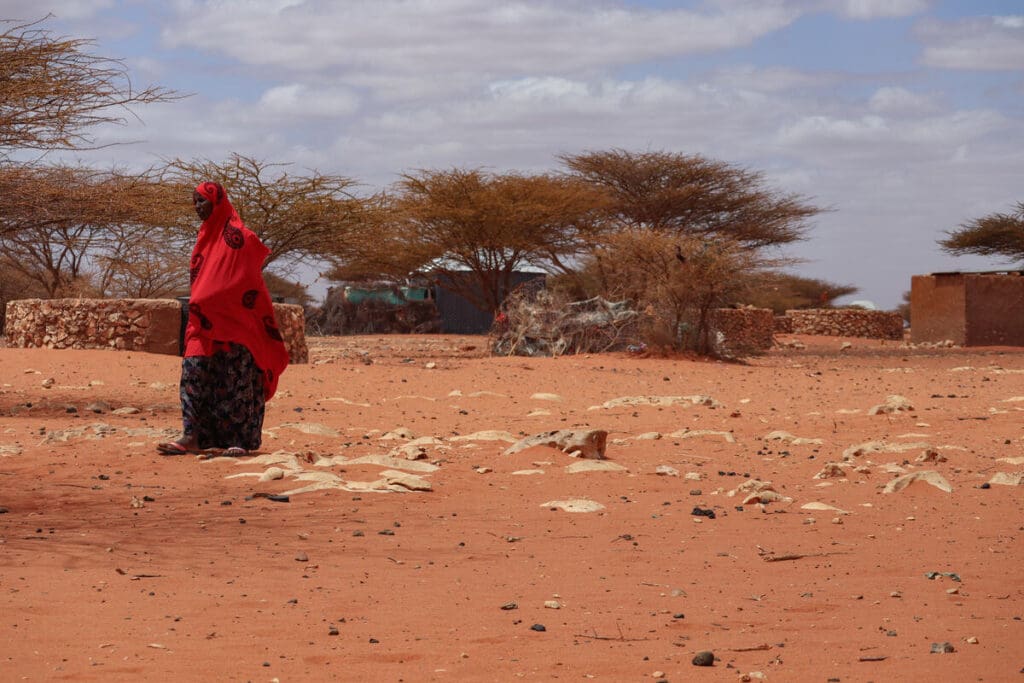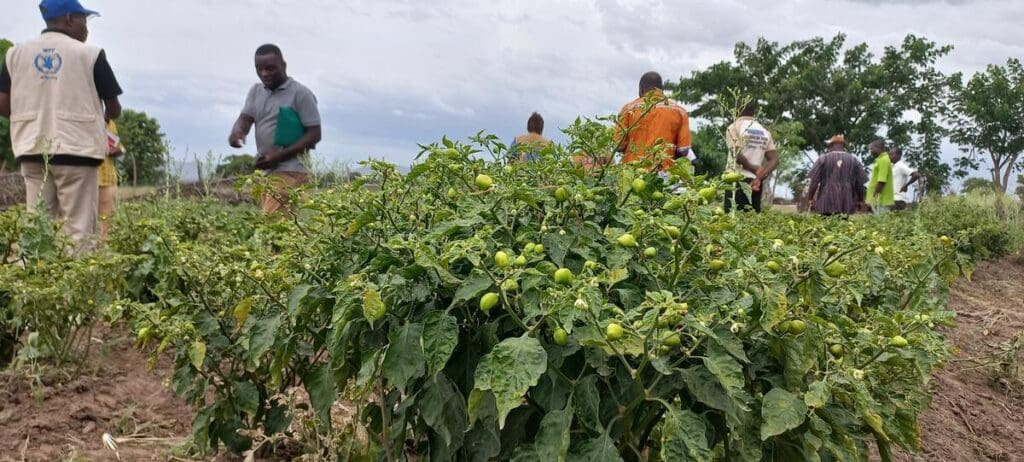
Togo
Economic instability and floods are damaging Togo’s agricultural systems, causing greater hunger.
Population of Togo
of children under 5 suffer from chronic malnutrition
people in Togo require humanitarian assistance as a result of the COVID-19 pandemic
Agricultural Challenges Breed Hunger
The economy of Togo heavily relies on commercial and subsistence agriculture. Socio-political and economic turmoil, together with devastating floods, have deteriorated the country’s food security. Nearly 1.3 million (22 percent of the population) require humanitarian assistance and over 280,000 people are at risk of falling into hunger.

Photo: WFP/Geneva Costopulos/2022

WFP’s Work in Togo
The U.N. World Food Programme continues to support the national school feeding program through school gardens and connecting small-scale farmers with schools.